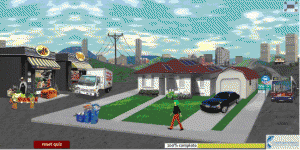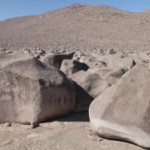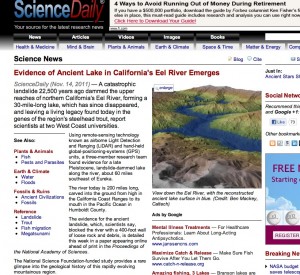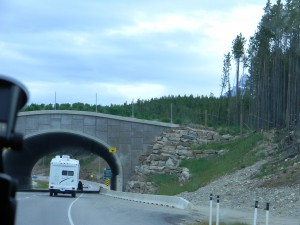The pope and climate change? The church and the global climate? Religion and science? Are these all really coming together here??? You better believe it. Here we have an article talking about Pope Benedict XVI and his hopeful influence on the UN Climate Change Conference which starts today November 28, 2011! Delegates from nearly 200 countries are meeting to see what they can salvage from the wreckage of the Kyoto Protocol. That 1997 agreement aimed to cut greenhouse gas emissions from rich countries to an average of 5 percent below the levels they emitted in 1990.
A link is provided below to the actual conference website,
http://unfccc.int/meetings/durban_nov_2011/meeting/6245.php
The Pope’s greatest concern seems to be the poor and the future, “I hope that all members of the international community can agree on a responsible, credible and supportive response to this worrisome and complex phenomenon, keeping in mind the needs of the poorest populations and of future generations,” the pope said.
This has not been posted for any reasons of specific religion. This is simply to look at a rarely seen connection between religion and science that I saw as interesting and worth reading. The Huffington Post provides many more articles and even videos and picture slides that deal with climate change and news and are worthy of looking into as well, while on the website.











